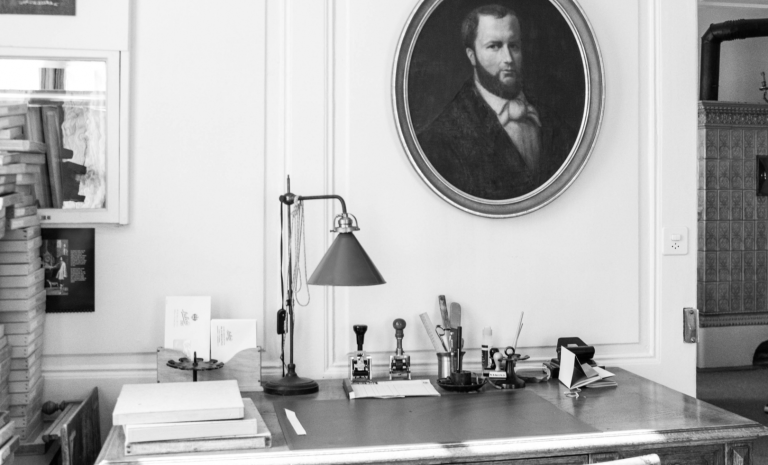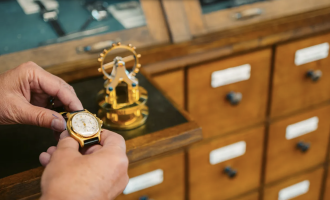
WHAT WE CAN LEARN FROM THE BEGINNINGS OF THE WATCH INDUSTRY
There are many beautiful aspects to working with watches. It is an industry for people with great passion. Both the manufacturing companies and the watch wearers are usually characterised by their great passion for timpieces.
But not everything is always rosy in our industry either. We feel this not only in the current situation. A journey back to the 18th century - back to the roots of the DuBois history - also illustrates this. You could summarize this as follows: Making watches is hard enough. Selling them is even more so.
MAKING AND SELLING WATCHES: TWO PAIRS OF SHOES
The first watchmakers in the 18th century already noticed this. It took them a lot of hard work in the Swiss Jura mountains. They spent days and nights developing technical masterpieces. It was an ongoing competition for the next mechanical watch miracle between the icons of the time, such as Daniel Jeanrichard.
The production of these high-quality timepieces was one thing. And as it turned out, this had very little to do with the subsequent sale of the watches. As technically skilled as the watchmakers were, they were rarely good salesmen. The sale was therefore usually handled by specialised merchants, such as the members of the DuBois family from Le Locle. At the beginning of the 18th century, the DuBois family mainly sold high-quality fabrics during their long and arduous trading journeys to the north of Europe. The members of the DuBois family proved to be true masters in networking and negotiating situations. They skillfully navigated between the different currencies and negotiated attractive road tariffs.
DUBOIS’ ENTRY INTO THE WATCH TRADE
In 1743, Moise DuBois bought his first high-end pocket watches. As a skillful salesman, he subsequently found buyers for these products on his travels. The Swiss pocket watches made their way to Germany and the Netherlands, among other countries. Moise DuBois was so passionate and successful that he was able to sell all the watches he brought with him on each trip. He became increasingly interested in pocket watches and continued to learn about their technology. He soon realised how much emotion was contained in these technical showpieces.
THE FOUNDATION OF WATCH PRODUCTION
In 1751, the time had come: Moise DuBois opened his own watchmaking studio. In addition to his great passion, this step naturally had another advantage: It was possible to earn even more money with the watches if he also manufactured the product himself.
The Atelier DuBois as well as the DuBois pocket watch were born. As is well known, the DuBois et fils factory subsequently produced many high-quality watches, some of which made it into the Patek Philippe Museum.
PRODUCING AND SELLING IN THE 21ST CENTURY
Today - more than 250 years later – distribution is once again undergoing major changes. For many established manufacturers, this turnaround means another challenge. Traditional distribution channels are coming under increasing pressure or have already disappeared. Where previously brands could rely on the network, the location and the sales skills of the retail trade, today the producers directly communicate with the end customers - with you.
At Dubois et fils, we see this as an opportunity and a positive development. We enjoy this increasing exchange! It gives us the opportunity to share our passion with you. A new era has long since begun; one that is about real values, sustainability and high-quality products. At DuBois et fils, we believe that this evolution will be good for our company.
And the parallel with the 18th century? The combination of high-quality development and effective marketing remain a challenge. But we are confident that DuBois et fils will once again emerge as a winner from this challenge.
What do you think? Let us know your thoughts! By email or on social media under the hashtag #duboisetfils. We look forward to your feedback.


